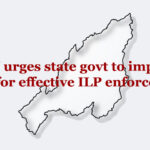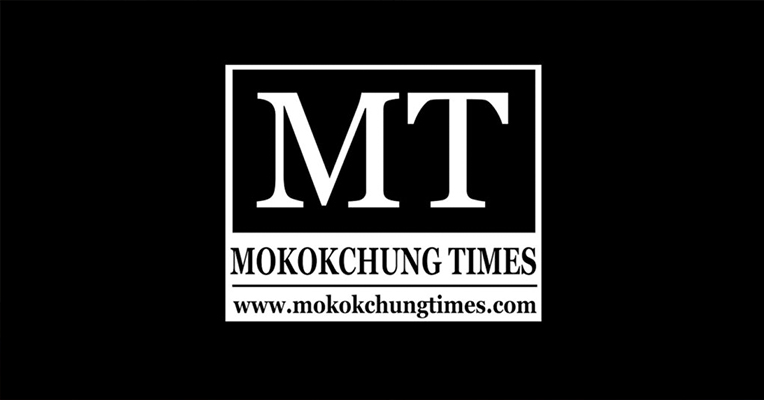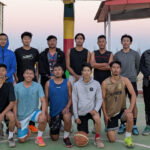Day after day, even as the world advances technologically and scientifically, it is impossible not to feel as if Mokokchung is stuck in an old machine that has run out of fuel, a failing engine, and a corrupt system, making us feel as if we will be ‘left behind’.
Much like the movie Snowpiercer, where the social structure inside Snowpiercer’s titular train is meant to mirror our own present-day global society — the haves, the have-nots, and everyone occupying a “preordained position” in the socioeconomic structure, we, too, are ultimately stuck inside our own train, but it’s not called Snowpiercer. Rather, it’s called Earth. And in our case, it is Mokokchung.
As one moves closer to the front of the Snowpiercer’s train, conditions improve and become more and more similar to those found in wealthier areas of Europe and North America. Drawing parallel to it, the further we get away from Mokokchung, the better the hospitals and other health care facilities, the better the job opportunities and training centers, the more skilled human resources, and so on.
And, just as in the movie, the majority of the Snowpiercer’s population lives at the tail of the train, where conditions are barely better than in the poorest parts of the world – the majority of Mokokchung’s population belongs to the lower middle class. And, as the majority of the corrupt and powerful continue to occupy the top strata indefinitely, the gap between the wealthiest 1% and the other significantly less wealthy 99% grows wider by the day.
In reality, it is not the powerful and corrupt to blame entirely because it is the powerless majority that worships power and corruption and strives to fit into the corrupt system by becoming more corrupt.
In the film, Curtis Everett led a rebellion against the upper-class passengers in the front of the train. We do not, however, have any real-life heroes like in the movie. Forget about heroes; we don’t even have individuals who openly acknowledge that the current system is flawed and that it needs to be changed. Instead, we have individuals who are willing to accept the current system and will go to any lengths to support the powerful and corrupt at the expense of our rights and dignity.
Mokokchung is not Kohima, Dimapur, or Mon, where young people like Er Thomas Konyak for Tizit, Er Meshenlo Kath for Kohima town and social activists like Kahuto Chishi for Dimapur III and Joel Naga for RPP will step up to challenge a broken system that has seen injustice, corruption, and the abuse of power.
True, it is unclear whether they will submit to the system or oppose it, but what matters most is that for the time being, these personalities critique the system, point out its flaws, and think they can lead more effectively. As a result, they end up becoming “heroes,” giving hope to the innocent public. In other words, these are young people who are passionate about fixing the damaged engine, win or lose, or whatever their detractors may say.
So, have the days of young minds standing up for justice, equality, and fairness passed us by in Mokokchung, or have we ever had one?



